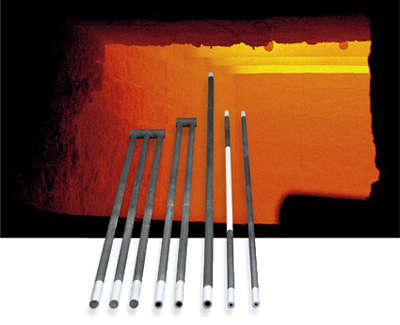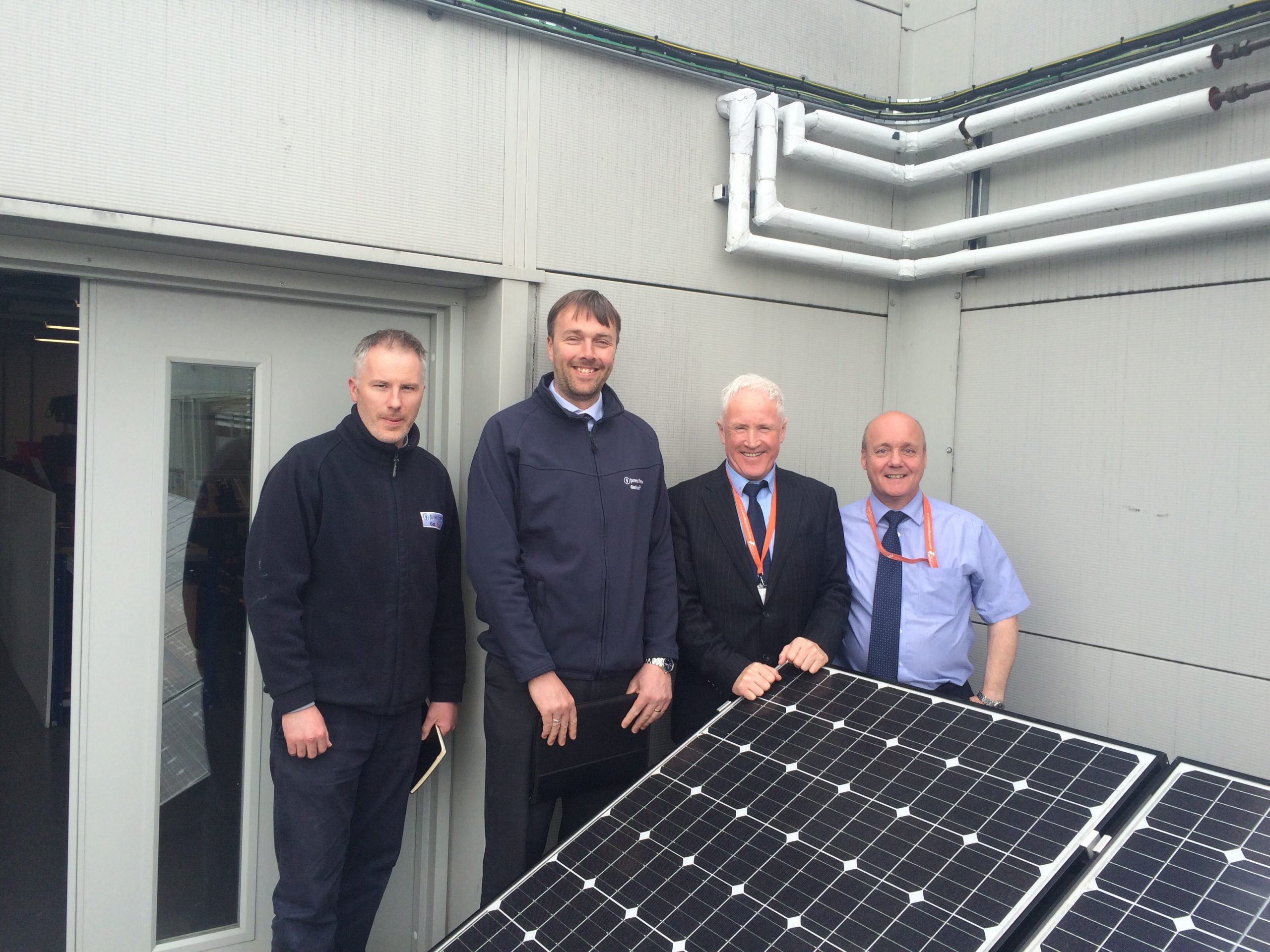Case Study
Craine Communications Ltd

Partners
Heriot-Watt University
Sectors
Engineering and Technology
Regions
Highlands & Islands
Background
Craine Communications is an Argyll based Telecoms engineering solutions company. They provide the means for homes and businesses to access the internet in remote rural areas where there currently is no reliable service via mainstream means. To do this, Craine Communications installs a mast in a location to relay the broadband signal wirelessly via radio links. Placing the mast on higher ground enables better transmission quality and reach, thus allowing them to service more clients.
Challenge
The masts, which are built from scaffold poles on a solid frame require relatively little power. To supply this, the company will commonly run a power cable from the nearest building to a mast but this can be a challenge in remote areas where digital communication is often a valuable asset. This approach limits the available locations, and often leads to masts not being in optimum, or even good locations. As a small company, Craine Communications didn’t have the capacity to come up with an innovative solution and so approached Interface to seek an alternative solution and to explore possibilities of powering the masts using local energy resources. They needed an academic partner able to assess the local resource to a degree where it could be quantified with sufficient detail for the continuous power requirement; the modelling skills to evaluate an off-grid hybrid renewable energy system under known and typical weather and operating conditions, and an ability to evaluate the performance of a system to the required level.
Solution
Interface matched Craine Communications with Dr Wolf-Gerrit Früh from Heriot-Watt University, who had the necessary expertise in this field to come up with a self-sufficient mast using renewable energy.
While there are examples of off-grid renewable power supply systems, for example traffic signals powered by PV (photovoltaic system or solar power) and/or wind which light up when a vehicle approaches, the novelty here is the requirement of continuous power supply, with the additional need to be as cheap as possible to make any financial sense. As a result, there are currently no available solutions on the market for this application.
The approach proposed for this work was to apply recent research on energy storage requirements for 100%-renewables power systems, combined with a nonlinear optimisation to identify the least-cost solution while maintaining reliability. The hope was to turn the equipment needed into physically manageable modules so that it could be carried or towed uphill across rough terrain. The equipment might then be modified so it could be easily anchored on the chosen, suitable site and be used and left to the elements with minimum maintenance.
The project was funded by a Scottish Funding Council Innovation Voucher.
Benefits
Company – The company are now able to immediately use the product to help build a further reaching, reliable internet network in the most hard-to-reach areas and provide superfast broadband access to the last 5/10% of the rural population.
It is hoped that the product equipment can also be used at outdoor temporary events, disaster recovery networks, mountain rescue options, seasonal usage for holiday homes, and road routes not covered by mobile phone networks (SOS stations) in remote locations.
Beyond the current, local market a new product could also reach a much wider market, with increased sales beyond Scotland. The University will look at the economic impact of these wider markets as they are identified.
Academic – The project provided a clear case study to validate and apply recent research to a real problem, and identified clear guidelines for designing the system to provide the required functionality. This work has also identified some avenues for further research.
Scottish Economy – A digitally connected Scotland underpins the Scottish Government’s core commitment to creating opportunities for all to flourish through increasing sustainable economic growth, opportunity and equality. Figures are suggested for increased GDP ranging from £4-13 Bn per annum with GDP per capita estimated at £2500 by 2030 for those living in remote rural areas.
This project was extremely helpful with projecting the potential site costs to build the combined power source needed to power a remote hill top site. The solution would see a perfect powering of the radio devices and associated equipment thanks to the work from Wolf-Gerrit Früh. Overall it was a successful partnership and Craine Communications hope to put the solution into full use as soon as possible…. I look forward to working with Heriot-Watt and Wolf-Gerrit Früh in the near future and would highly recommend this Interface experience to any company looking to progress a project.
To tap into such an academic source has been extremely valuable, said Stuart Craine of Craine Communications.
Please note that Interface administers the Innovation Voucher Scheme on behalf of the Scottish Funding Council. All funding applications are reviewed on a case by case basis by the Scottish Funding Council. Guidelines can be found here.


